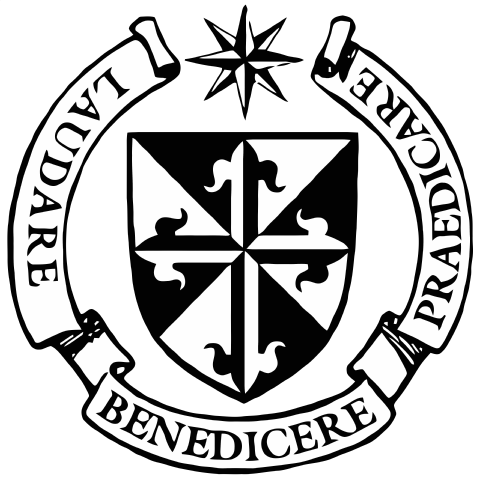Not by Bread Alone
“The refectory, like the chapel, is traditionally a place of silence...”
Refectory Reading
Reflection by a sister of the monastery
The human person is wonderfully created by God to need food in both body and soul. The monastic practice of eating meals in common reflects this truth in a profound way. Just like the nuns receive Holy Communion together at Mass in the early morning, so also as the day passes by we return together at designated times to feed our bodies “as a sign of sisterly communion” (Constitutions of the Nuns, 54.I).
Even the seating of the refectory imitates the chapel. Prioress and sub-prioress sit at the head of the room beneath a large crucifix, while sisters sit at long, wooden tables facing one another across the room. And, the refectory, like the chapel, is traditionally a place of silence. The words spoken here are primarily sacred words: during meals, a sister lector reads from the Gospel of the day followed by a theological or spiritual reading.
These mealtime practices are constant reminders of Christ’s counsel: One does not live on bread alone, but by every word that comes forth from the mouth of God (Mt.4:4). By taking our meals in silence and filling our minds with spiritual nourishment, we feed our hunger for the Word of God even while we eat. Just as the Eucharistic Lord dwells in the chapel at the center of our lives, so too he dwells as the Word in every shared meal in the refectory.
This is how an act as mundane as eating—when rightly ordered and offered to God—can sanctify our shared life and, by extension, build up the Church and the world. A “common table” is not only liturgical, it’s also sacramental; it serves as sign of the future time when we will live on the eternal Word who comes forth from the mouth of God. How wonderful is the rule of life that anticipates this heavenly feast!
Please share our jubilee posts with family and friends! All pictures and texts are property of the Monastery of Our Lady of Grace and may not be reproduced without permission.

